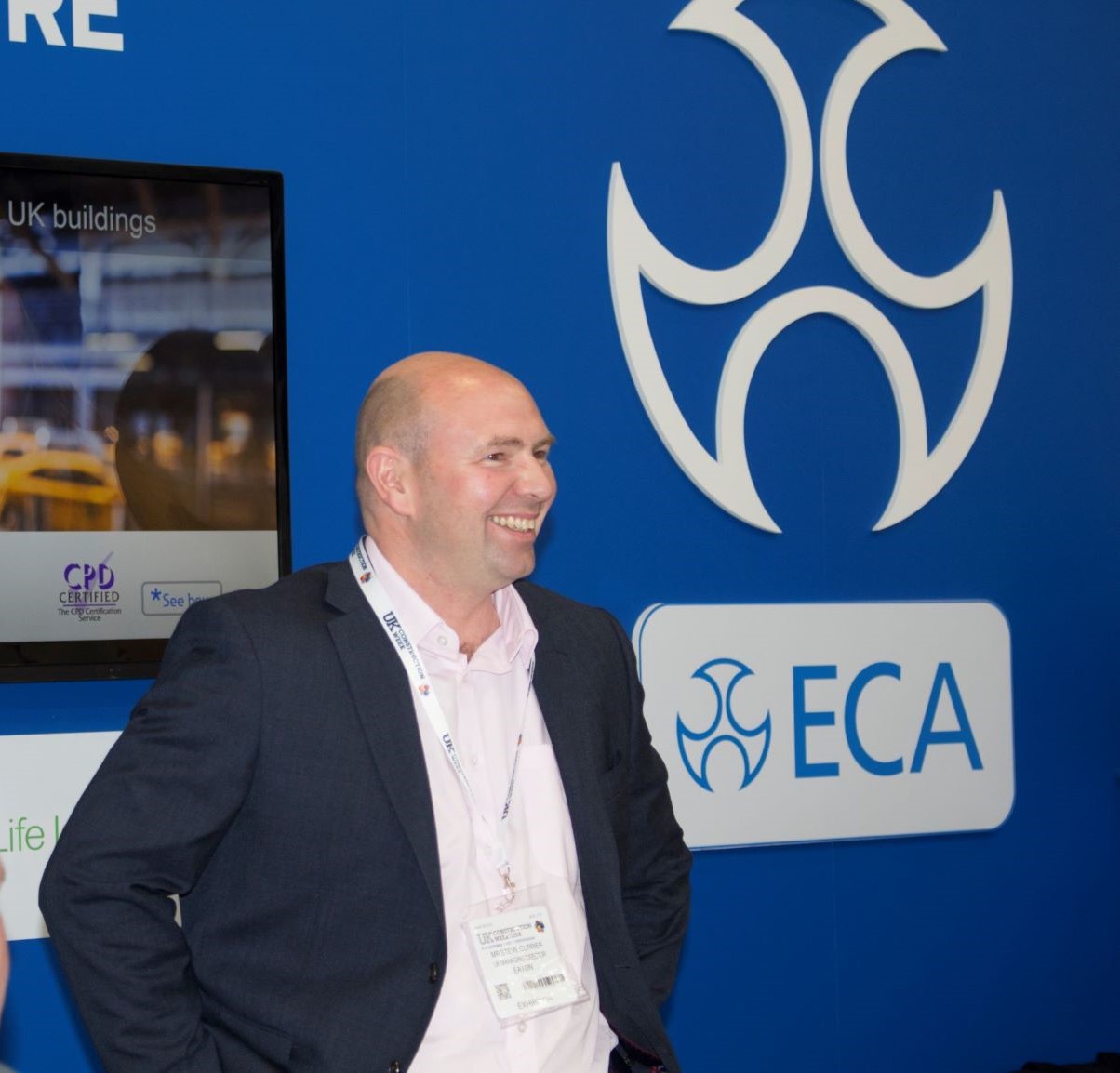What’s the awareness level of non-compliant lighting in the UK at the moment?
There is undoubtedly a large – and growing – number of non-compliant products currently for sale in the UK. And while our reaction may be to point the finger of blame at Internet trading, poor product is also being sold through otherwise reputable electrical wholesale businesses.
What’s the awareness level of non-compliant lighting in the UK at the moment?
There is undoubtedly a large – and growing – number of non-compliant products currently for sale in the UK. And while our reaction may be to point the finger of blame at Internet trading, poor product is also being sold through otherwise reputable electrical wholesale businesses.
What are the effects of making lighting compliant?
Clearly, the responsibility for designing, testing and producing a compliant, quality-assured product lies with the manufacturer; however, factoring in a high level of security at every stage of the process comes at higher costs. Unfortunately, the consequence of ignoring standards only manifests itself much later in the product life cycle. In many cases, it comes to a head when dealing with a life safety product during an emergency. As a result, it’s very common to – knowingly or unknowingly – purchase and supply poor product without short-term consequences. As we’ve seen across the industry, many manufacturers have taken this route to drive prices down for short-term market gain. This is not the first time this “race to the bottom” has been witnessed in the UK electrical market and, ultimately, it’s left everyone in a losing position.
How can we eradicate non-compliant products?
In my view, there are four elements that, if taken on board across the industry, would eradicate the vast majority of non-compliant product:
- Mandatory third-party accreditation for emergency/safety-related product;
- Sourcing ‘due
diligence’ when purchasing. This means asking hard questions, such as:
- Does the supplier design and test its own product?
- Does the supplier provide test reports and technical files?
- Is the supplier willing to provide a third-party test? After all, basic ones are not expensive.
- Are the key components (chips, driver, etc.) ENEC or equivalent approved; are they from a reputable branded manufacturer?
- Education from ethical, trusted businesses. Manufacturers should be volunteering to take customers and their clients through training and CPD (an ongoing process of tracking and documenting the skills, knowledge and experience gained both formally and informally during work) to furnish them with the technical knowledge to pinpoint quality product from the rest.
- Cross-industry cooperation and dialogue. This includes cooperation across the relevant trade bodies to deploy these points and ensure there are consequences for organisations facilitating non-compliance.
How can the industry help prevent non-compliant lighting enter the market in the future?
If the industry combines efforts and focus around a combination of education, regulation and effective purchasing, we can rid the UK market of non-compliant product sooner rather than later. If we do this, we can work together to protect people, property and professional reputation all while ensuring the economic sustainability of a valued UK industry.









